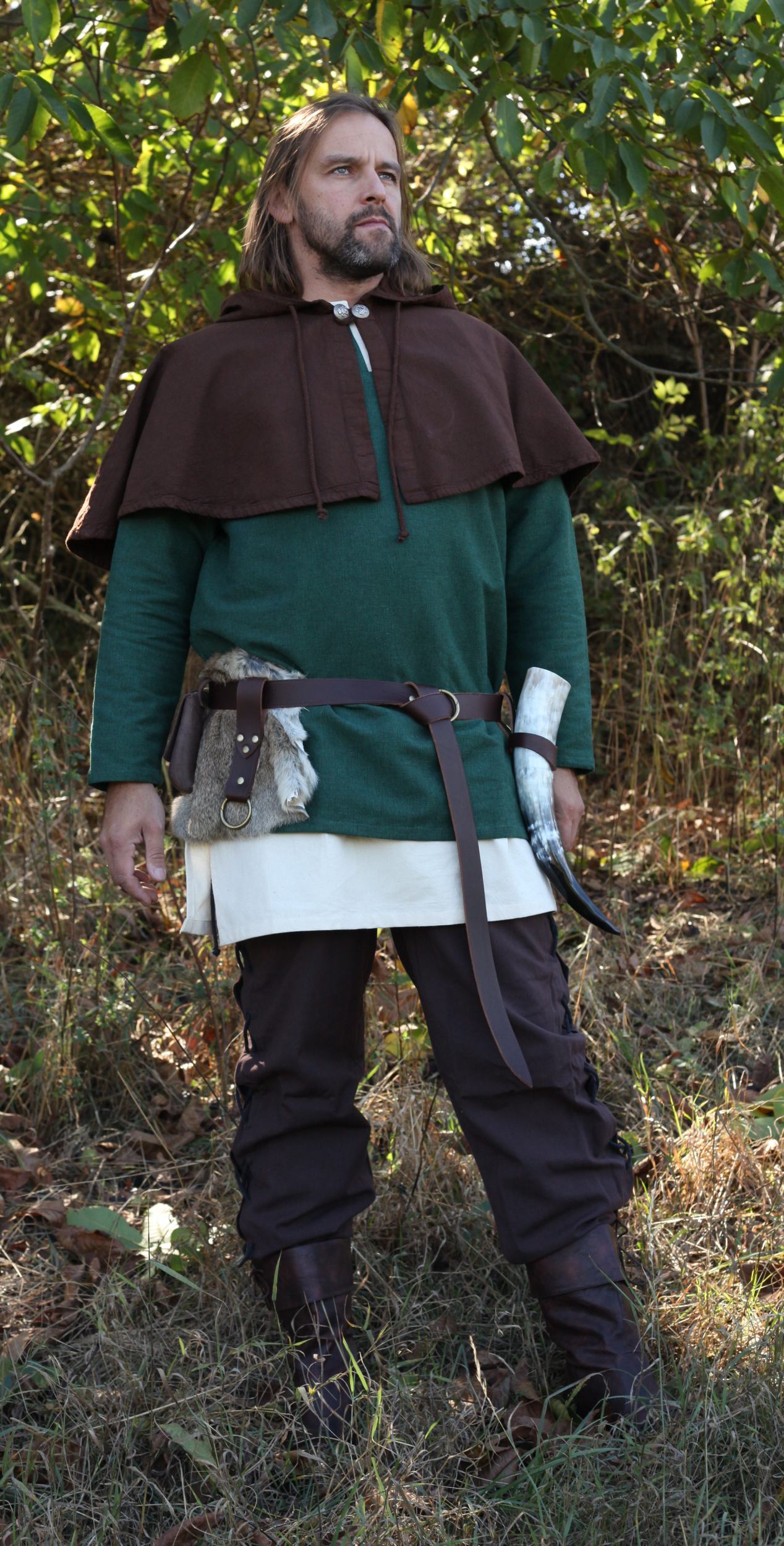
These would have been set inside a close-fitting pair of drawers worn expressly for this purpose. The sanitary napkins used by our Anglo-Saxon fore-mothers were most likely sewn linen pads stuffed with wool fleece, or perhaps layer upon layer of linen sewn together. (Of all the garments considered essential today, these were the most recently adopted, coming into general use only in the late eighteenth century. Linen shifts were valuable enough to be mentioned by several testatrix in their wills. It is not known how long the shift was, and it most probably varied in length. In coloured illustrations this is generally white, indicating linen, although poorer woman may have had little choice but to wear wool next to the skin. Throughout the Anglo-Saxon period (450-1100) women wore a fairly slender undergarment, or shift, with long, narrow sleeves. Grave finds and occasional cess-pit remnants of clothing provide additional, more egalitarian sources for study. Lords and ladies, thegns and merchants describe and name particular articles of clothing in their wills, and leave them to favoured heirs. Ivory, wood, and bone carvings, stone crosses and wall paintings provide another glimpse into prevailing fashion. Be mindful that our surmises are thus weighted towards the luxurious tastes of the wealthy. Manuscript painting offers the greatest number of illustrations of Anglo-Saxon garments, with the kings, queens, saints and clerics depicted in raiment appropriate to their respective classes. Silk, exceedingly rare and costly, was limited to the very rich, and to the burials of the sainted.

Of secondary importance was the relative luxuriousness of linen, used for under clothing.

The vast majority of clothing was fashioned of this extraordinarily useful renewable resource shorn from sheep. Just as wool formed the cornerstone of the early English economy, so was it the foundation of everyone’s wardrobe, high-born or low.


 0 kommentar(er)
0 kommentar(er)
